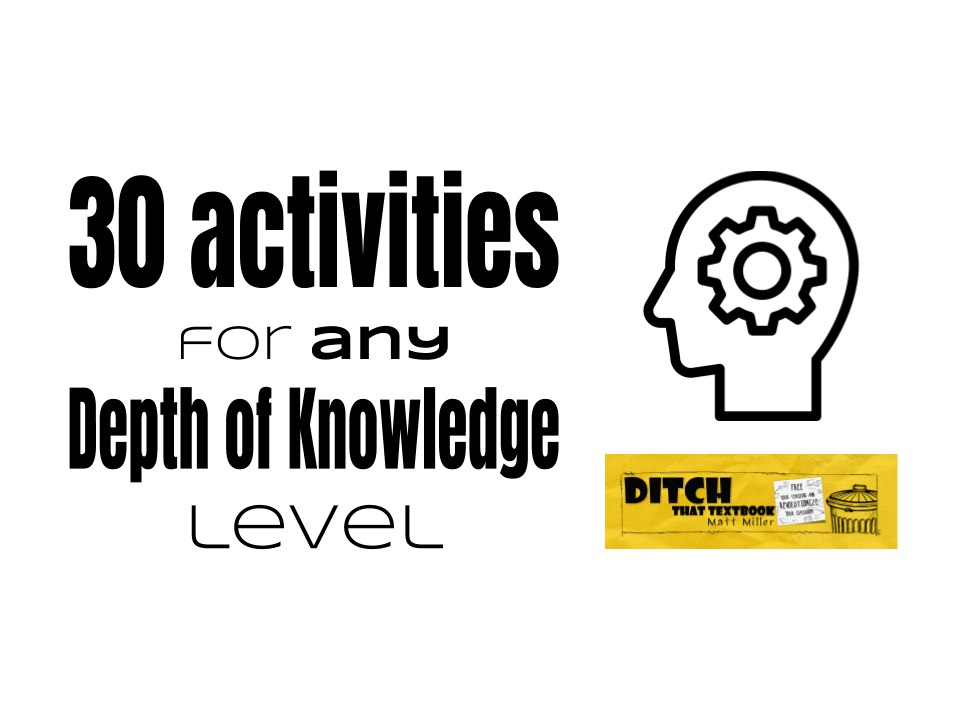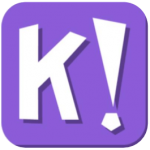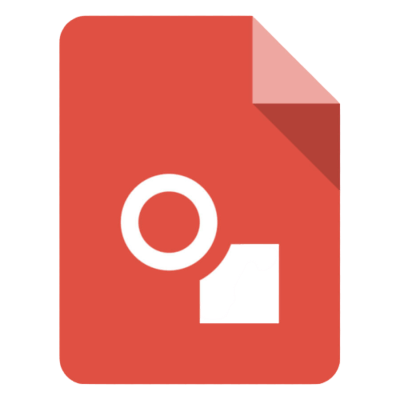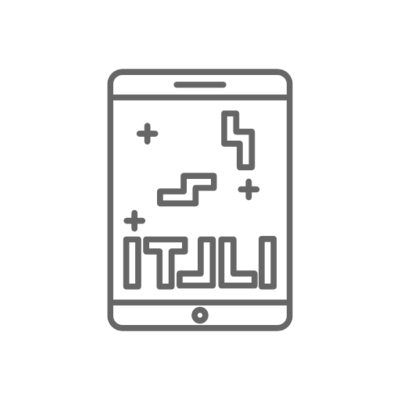
Webb’s Depth of Knowledge model is a useful tool for evaluating our lessons. What are the best strategies or activities to help students at each DOK level? Here are lots of ideas.
Note: Some links in this post may be affiliate links. If you click on these links, at no additional cost to you, Ditch That Textbook may receive a commission from your purchase.
Norman Webb’s Depth of Knowledge model can help teachers create learning opportunities that hit a variety of complexity levels. It is a framework for evaluating the level of complex thinking required to complete a task.
The four levels of the Depth Of Knowledge framework.
From Now THAT'S a Good Question! by Erik Francis
- DOK level 1: Recall. What is the knowledge? Who? What? When? Where?
- DOK level 2: Skill/concept. How can the knowledge be used? How can you arrive at the answer?
- DOK level 3: Strategic thinking. Why does it happen the way it does? How/why could the knowledge be used?
- DOK level 4: Extended thinking. How else could you use the knowledge? What can you design, develop, do with it?
This DOK model provides us with a guide as we develop lessons that create opportunities for complex thinking. And it is a useful tool for evaluating the level of rigor we are adding to our lessons.
But we don’t need to be at DOK level 4 all of the time.
In his article Using Webb’s Depth of Knowledge to Increase Rigor, Gerald Aungst states, “DOK levels are not sequential. Students need not fully master content with Level 1 tasks before doing Level 2 tasks. In fact, giving students an intriguing Level 3 task can provide context and motivation for engaging in the more routine learning at Levels 1 and 2.”
So how do we provide opportunities for students to complete tasks at all DOK levels? And what are the best strategies and activities at each depth of knowledge level?
In a past #Ditchbook chat, we asked the community to share their best strategies or activities to help students at each DOK level. And once again they came through!
Below you will find 30 activities for ANY Depth of Knowledge level. Note that the personalized instruction before, during, and after these activities can take an activity from one level to another. Also, be sure to check out this Wakelet collection to see the entire chat.
30 activities for ANY DOK level
Depth Of Knowledge level 1 activites
Recall. What is the knowledge? Who? What? When? Where?
1. Try Quizlet flashcards & Quizlet Live
Quizlet offers a nice mix of polish and options. Learning options include a fill-in-the-blank test, a test where terms are read aloud and spelled, and a test with a variety of questions.
Read: How to start a Quizlet Live game in 60 seconds + tips and tricks
2. Play a Kahoot game
In a standard Kahoot! game, questions are displayed to students on a projector or display. Students respond on their own devices. It's a fun and engaging way to recall information.
3. Test basic knowledge with Gimkit
Gimkit (gimkit.com) is like Quizizz with power-ups. In Gimkit, students use answer questions and get points. Students can use their points as currency to buy power-ups in the store. Power-ups let students earn more points per question, get additional points when they hit a streak, and even lose less points when incorrect.
Listen to: GimKit: Like Kahoot with power-ups on the Ditch That Textbook Podcast
4. Use Retrieval Cards instead of flashcards
A spin on flashcards. Have students use the four steps of metacognition on each retrieval card.
- Make a judgment of learning (star or question mark)
- Answer all that you starred
- For the first time look up the ones you don’t know
- Verify
Read: Make Flashcards More Powerful from RetrievalPractice.org
5. Try out a Brain Dump
Students recall everything they can about a given topic, whether it was covered in the lesson or not. They can do brain dumps in many ways: on paper, verbally to a partner, or digitally.
Read: Sticky learning: Digital brain dumps with Flipgrid and Socrative
6. Jot down Two Things
Like a brain dump but an even quicker retrieval practice strategy. Have students write down two things they remember or two things that are still unclear.
Read: Want a quick no-quiz retrieval strategy? Increase learning with Two Things! from RetrievalPractice.org
7. Instead of note-taking try Retrieve-Taking
Encourage students to read a book, watch a video, or listen to a lesson without taking notes.
Then close the book, video, or pause during a lesson so students can write down what they remember.
Finally open the book, watch a video, and continue with the lesson
8. Use the power of images with sketchnotes
Sketchnoting is an engaging, brain-friendly way for your students to capture their thinking.



9. Eliminate worksheets with the Fast and the Curious Eduprotocol
If you’re frustrated with ineffective repetition-based worksheet homework, you’re not alone. Check out the Fast and the Curious EduProtocol. It provides students with timely feedback. It’s fun. It gives great repetitions. In short: it works!
10. Use Quizizz for review
Quizizz is a fun, student-centered study tool. It is used to engage students in review and assessment at school or at home. And best of all, it’s free.
Listen to: The Quizizz you never knew on The Ditch That Textbook Podcast
Depth Of Knowledge level 2 activites
Skill/concept. How can the knowledge be used? How can you arrive at the answer?
11. Use Flipgrid to explain thinking
Flipgrid gives students an easy way to reflect on their thinking and share their thoughts with others.
Read: Flipgrid for ALL! 50+ ways to use Flipgrid in your class
Shared by Stella Pollard
12. Create an "All About A Topic"
The Google Applied Digital skills curriculum is a goldmine of incredible ready to use lessons. Utilize the All About A Topic lesson to guide your students step by step through creating a Google Slides presentation about a topic.
Visit: Create a Presentation "All About a Topic" lesson
Shared by Amy De Freise
13. Have a collaborative discussion in Google Sheets
Utilize a discussion tab (template here) in Google Sheets to create an opportunity for your students to engage in collaborative discussions.
Read: Classroom Discussions with Google Sheets by Alice Keeler
Shared by Katy McCoy
14. Use Jamboard to organize ideas
Jamboard is a collaborative, digital whiteboard. Add sticky notes, drawings, images, text and more. Move them around on the screen easily.
15. Brainstorming with Google Slides sticky notes
Try organizing and categorizing your thoughts and ideas with Google Slides sticky notes. It's an easy way for students, and adults, to keep their ideas in one place while planning.
Read: Google Slides sticky note brainstorming: Powerful planning
16. Create an infographic in Google Drawings
Use icons or images paired with text to share information in an infographic. An easy, and free, way to do this is with Google Drawings.
Read: Creating eye-popping infographics with Google Drawings
Shared by Stephanie Howell
17. Reteach new vocabulary words with a podcast
Creating a podcast is easy and free. Try having your students create their own podcast sharing new vocabulary words with an authentic audience.
Read: Why your students need a podcast: How to do it fast and free
Shared by Rayna Freedman
Depth Of Knowledge level 3 activities
Strategic thinking. Why does it happen the way it does? How/why could the knowledge be used?
18. Hexagonal thinking
Hexagonal thinking lets students connect ideas with multiple contact points. You can modify this hexagonal thinking graphic organizer for your students.
Check out: 25 FREE Google Drawings graphic organizers — and how to make your own
Shared by Jen Wolfe
19. Which one doesn't belong
This activity asks student students justify which one doesn’t belong and enjoy their problem-solving skills from the start. You can use this template created by Kris Szajner to edit for your class.
Shared by Jen Walter
20. Use Google Scholar to back up ideas with research
Google Scholar is a free web search engine of scholarly literature. Have students use it to back up their ideas with reputable sources.
21. Choose a side and defend your answer
Giving students time to reflect about what they've learned, form opinions about it and explain/defend those opinions helps them to own and retain new material. Try using Flipgrid for a back and forth discussion or try our Picture This and Take a Stance activity.
Read: Caption This! A fun, deep-thinking Google Drawings activity
22. Make a movie trailer for a class novel
Give students the opportunity to reflect on and analyze a class novel by creating a movie trailer for their classmates or other classes.
Read: 5 ways to use Adobe Spark Video in your classroom
Shared by Jennifer Conti
Depth Of Knowledge level 4 activities
Extended thinking. How else could you use the knowledge? What can you design, develop, do with it?
23. Use AR/VR to recreate a children's book for younger students
Students can use apps like Co Spaces EDU to create a virtual world and immerse younger students in a favorite children's book.
Read: 6 ways to start using Augmented Reality in your classroom
Shared by Laura Steinbrink
24. Create your own Khan Academy style videos
Why shouldn't students be the ones to create tutorial videos for younger students or even create a library of videos to share with future students! Students can use the features in the new Flipgrid Shorts camera to create Khan Academy style videos.
Read: Shorts season: An introduction to the NEW Flipgrid camera
Shared by Nicole Nowlin
25. Have students design their own business
One of the best examples of DoK 4 came from @DonWEttrick's class. Students designed a school coffee shop. Sourced coffee from a local roaster. Solved school problems and supported the community -- as cumulative project for their class.
26. Create video games to show knowledge
Kids LOVE to play video games but creating around the content they learned is definitely DOK4! Use the free curriculum from CS First to teach students basic video game coding concepts that they can apply their learning to.
Check out: Game Design from CS First
Shared by Jen Walter
27. Use Screencastify to create video tutorials
Much like making their own Khan Academy style video, giving students the opportunity to create their own screencast tutorial explaining their thinking gives students the chance to extend their thinking.
Read: 24 ways to create great classroom video with Screencastify
Shared by Stella Pollard
28. Create an opportunity for students to solve a problem and present the solution to people who can help change
Project Based Learning is a teaching method in which students gain knowledge and skills by working for an extended period of time to investigate and respond to an authentic, engaging, and complex question, problem, or challenge. PBLWorks.org
Incorporating Project Based Learning into your classroom gives your students the chance to identify and solve real world problems.
Shared by Nicole Nowlin
29. Guide students through the design process
Brainstorming, more creating, more problem solving are the key to preparing students for any job they may have in the future. What better way to learn that than by making something? That’s what design thinking is all about. Students identify a problem then solve that problem by making something.
30. Host a genius hour
Genius Hour is the idea of giving students 20 percent of their class time to pursue projects related to their passions. The concept is broad and intentionally open-ended, and the results can be phenomenal.
Get the tools, the practical ideas, and the inspiration to transform the way you use technology in the classroom!
- Lesson ideas and downloadable templates
- A companion webpage full of FREE resources (click here to access NOW)
- Brand new PIRATE engagement hooks
- Encouragement and motivation to start
For notifications of new Ditch That Textbook content and helpful links:
Are you looking for quality, meaningful professional learning that both equips and inspires teachers?
Matt provides in-person and virtual keynotes, workshops and breakout sessions that equip, inspire and encourage teachers to create change in their classrooms. Teachers leave with loads of resources. They participate. They laugh. They see tech use and teaching in a new light. Click the link below to contact us and learn how you can bring Matt to your school or district!
Is Matt presenting near you soon? Check out his upcoming live events!


































